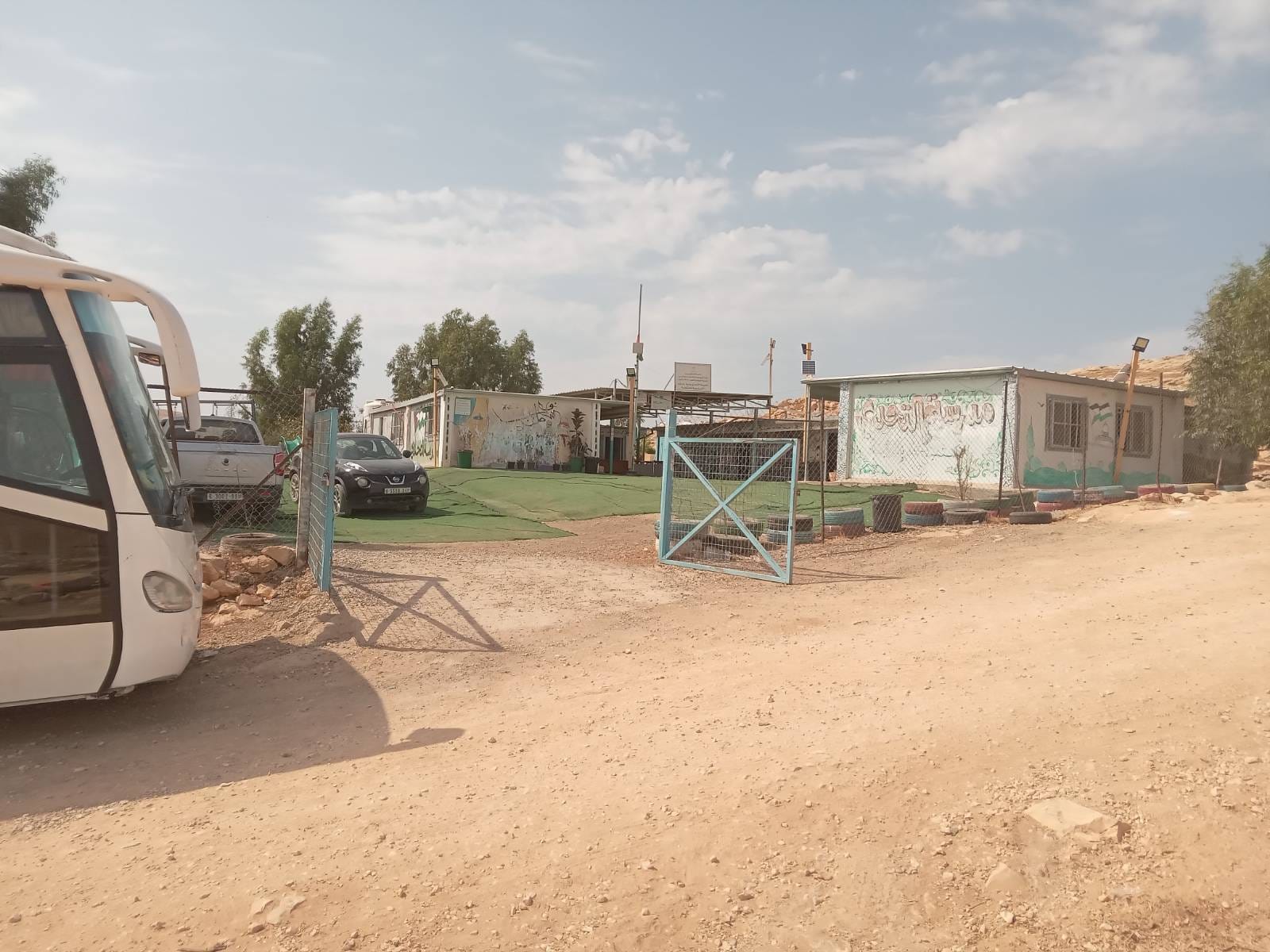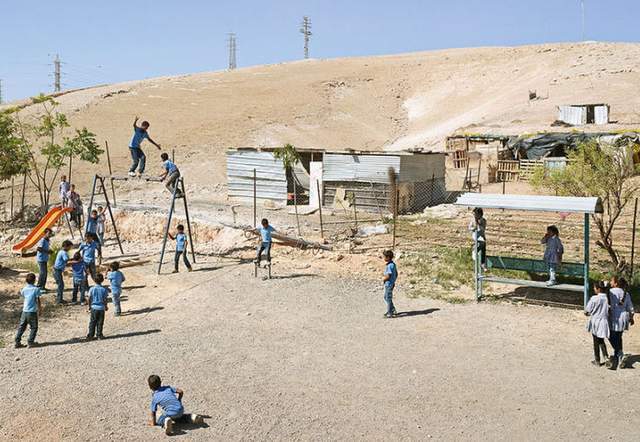Tag: Bedouin
-
Palestinians hospitalised in settler attack near Ramallah
15 October, 2023 | International Solidarity Movement | Wadi Siq Armed settlers attacked Palestinians and international volunteers in the Bedouin village of Wadi Siq, east of Ramallah, on Thursday (October 12) hospitalising two people. Villagers were also beaten after the illegal settlers returned for a second attack later that day, ISMers were told. …
-
Bedouin kids join global climate strike in Palestine’s first Extinction Rebellion protest
19th October | International Solidarity Movement | Umm al-Khair, South Hebron Hill Bedouin children in the West Bank joined global climate protests yesterday, calling out the Israeli occupation’s role in exacerbating the effects of climate change on Palestinians. Over a dozen protesters from the Bedouin village of Umm al-Khair in the South Hebron Hills, waved…
-
Khan al Ahmar watches the World Cup
26th June 2018 | International Solidarity Movement, Ramallah Team | Khan al Ahmar, occupied Palestine The Jahalin tribe of Khan al Ahmar were forcibly relocated by Israel from the Negev Desert in 1951. The village’s current site in Palestine is located between the illegal Israeli settlements of Ma’ale Adumim and Kfar Adumim. Israel wants to…



